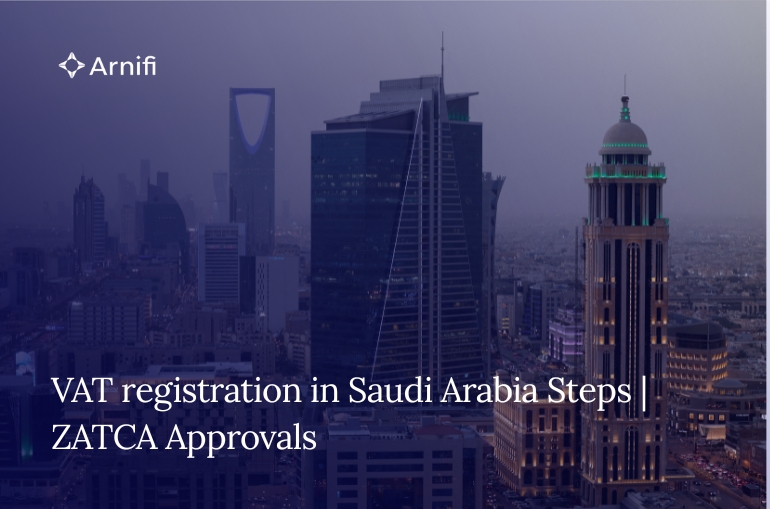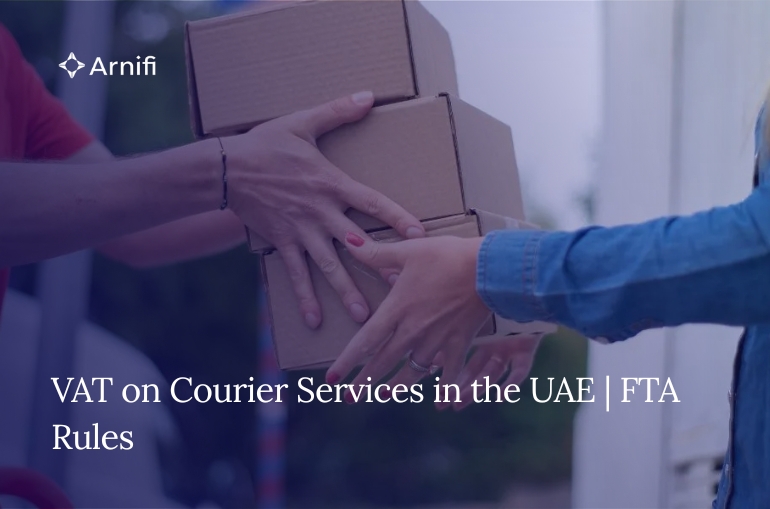Corporate Tax in Mainland Vs Freezone in the UAE
by
Shethana
Nov 27, 2025  7 MIN READ
7 MIN READ

The UAE corporate tax regime now shapes almost every location choice in Dubai. For many boards, the first question is how corporate tax in Dubai differs between mainland companies and free zone vehicles, and where the long-term risks are.
Federal Decree-Law No. 47 of 2022 imposes corporate tax at 9 percent on taxable income above AED 375,000 for most businesses, with a 0 percent band below that threshold.
Free zone rules sit on top of that base system. A qualifying free zone person (QFZP) can access a 0 percent rate on qualifying income and 9 percent on other income, subject to strict conditions.
Understanding the contrast between mainland and free zone corporate tax is now central to long-term structuring, especially as transfer pricing and domestic minimum top-up tax apply to larger groups.
Mainland Corporate Tax Framework in Dubai
For mainland companies, the regime is straightforward. A resident juridical person incorporated in the UAE is subject to tax on worldwide income, with reliefs and exemptions in defined cases.
The headline rate is 0 percent on taxable income up to AED 375,000 and 9 percent above that. Banking and some extractive activities sit in separate rules and are not the focus here.
Mainland companies must register with the Federal Tax Authority, keep audited financial statements where required, and file annual returns. News reports show more than 640,000 businesses registered for corporate tax within the first compliance cycles, a mix of mainland and free zone entities.
The phrase corporate tax Dubai mainland usually refers to this base system. For many operating companies serving the local market, this is the natural starting point.
Key features include:
- Taxable income following accounting profit with specific adjustments.
- Transfer pricing rules for related-party transactions, with documentation expected once revenue or related-party dealings exceed set thresholds.
- Reliefs for small businesses and group restructuring where conditions hold, plus the coming domestic minimum top-up tax for very large multinational groups.
Freezone Corporate Tax Regime
The rules labelled freezone corporate tax are more nuanced. A free zone person is any juridical entity incorporated or registered in a UAE free zone, including branches of non-resident companies.
Such entities are taxable persons. However, a free zone person who meets all tests to be a qualifying free zone person can apply a 0 percent rate to qualifying income and 9 percent to non-qualifying income.
Key elements in the FTA Free Zone Guide include:
- The need to maintain adequate substance in the free zone and comply with transfer pricing and documentation requirements.
- Qualifying income generally covers transactions with other free zone persons and income from defined qualifying activities, provided the income does not arise from excluded activities.
- A de-minimis test under which too much non-qualifying revenue can strip QFZP status and push the entire taxable income into the 9 percent bracket.
Recent press coverage notes that ministerial decisions in 2025 refined qualifying activity lists and aimed to give more certainty, while still aligning with global transparency standards.
A free zone election can therefore be attractive, but fragile. Breaching substance, income-mix or compliance rules may flip the whole entity back into the standard corporate tax regime.
In such cases, hiring expert accounting and bookkeeping services in the UAE can be the right decision. It will assist businesses align goals while keeping taxation easy to manage.
Comparing UAE mainland corporate tax and free zone treatment
The term UAE mainland corporate tax is often used to distinguish the standard regime from the incentivised free zone framework. At headline level, both systems sit inside the same law, yet the economics differ once incentives and activity profiles are considered.
A simple table helps show the contrast.
| Feature | Mainland entity | Qualifying free zone person |
| Basic rate | 0 percent up to AED 375,000, then 9 percent on remaining taxable income | 0 percent on qualifying income, 9 percent on non-qualifying income |
| Scope of income | Worldwide for residents, UAE-sourced for some non-residents | Income from defined qualifying activities and transactions with other free zone persons to enjoy 0 percent |
| Substance tests | General requirement for genuine business presence and transfer pricing, no special QFZP status tests | Must meet QFZP requirements, including substance and de-minimis limits on non-qualifying revenue |
| Domestic minimum top-up tax | Applies to in-scope large groups based on effective rate; mainland income usually forms part of 15 percent calculation | QFZP income may still be relevant in top-up models for large groups, depending on global rules |
For holding and financing structures, this contrast feeds directly into projections of combined corporate tax, top-up tax and foreign tax credit positions.
Practical Questions Behind Dubai Mainland vs Freezone Tax Choices
Boards often summarise the location debate under the phrase Dubai mainland vs freezone tax. In practice, the answer depends on the business model more than headline rate.
Some working questions include:
- How much revenue will come from customers inside the UAE mainland, and how much from other free zone entities or foreign clients?
- Which activities fall within qualifying lists for free zones, which ones are explicitly excluded, such as many dealings with natural persons.
- How likely it is that activities will change over time in ways that might trigger a loss of QFZP status or breach the de-minimis limit.
- How related-party pricing between mainland and free zone entities will be monitored so that transfer pricing policies hold up under FTA review.
For groups planning significant growth, corporate tax location is therefore one component in a wider set of decisions on licensing, substance, banking access and audit expectations.
Risk Areas Common to Both Mainland and Free Zones
Despite their differences, both regimes share sensitive pressure points.
First, related-party transactions. The FTA Transfer Pricing Guide outlines methods and documentation requirements for dealings between mainland and free zone related parties, such as goods sold between a free zone distributor and a mainland retailer.
Second, record keeping. Corporate tax guidance stresses that taxable persons must keep accounting records, contracts and supporting documents for at least seven years after the end of the tax period, longer in some cases.
Third, interaction with VAT and customs. Mainland and free zone flows often involve designated zones, imports and on-charging of services, all of which can influence cash-flow timing for VAT and customs duties, then feed through to profitability and corporate tax.
How Arnifi Helps Businesses Smartly Plan Corporate Tax Location
Location decisions now carry long-term tax consequences. Arnifi works with boards that need a structured view of corporate tax in Dubai across mainland and free zone footprints.
Our team maps existing entities, tests them against QFZP conditions and transfer pricing rules, then models effective tax outcomes under different structures.
On new projects, Arnifi helps design practical combinations of mainland and free zone vehicles, taking account of substance, banking and domestic minimum top-up tax exposure. This kind of work turns the mainland-versus-free-zone question into a documented, explainable choice instead of a last-minute licence decision.
FAQs
Q1. What is the basic corporate tax rate for mainland companies in Dubai?
Most mainland companies face 0 percent on taxable income up to AED 375,000 and 9 percent on income above that level, under Federal Decree-Law No. 47 of 2022.
Q2. Can every free zone company apply the 0 percent free zone corporate tax rate?
No. Only entities that qualify as a QFZP, meet substance rules and satisfy income-mix tests can apply 0 percent on qualifying income; others pay the standard 9 percent rate.
Q3. How does UAE mainland corporate tax interact with the 15 percent domestic minimum top-up tax?
For large multinational groups above the revenue threshold, mainland income feeds into effective tax rate calculations and may attract a domestic 15 percent top-up where the rate falls below that level.
Q4. Are transfer pricing rules relevant for Dubai mainland vs freezone tax planning?
Yes. Related-party transactions between mainland and free zone entities must meet arm’s-length pricing standards, supported by documentation where thresholds are met.
Q5. How can businesses reduce the risk of losing QFZP status in a free zone?
Careful monitoring of non-qualifying revenue, maintaining substance, and following FTA guidance on excluded activities help preserve QFZP status and access to the 0 percent rate on qualifying income.
Top UAE Packages

Related Articles
Top UAE Packages



